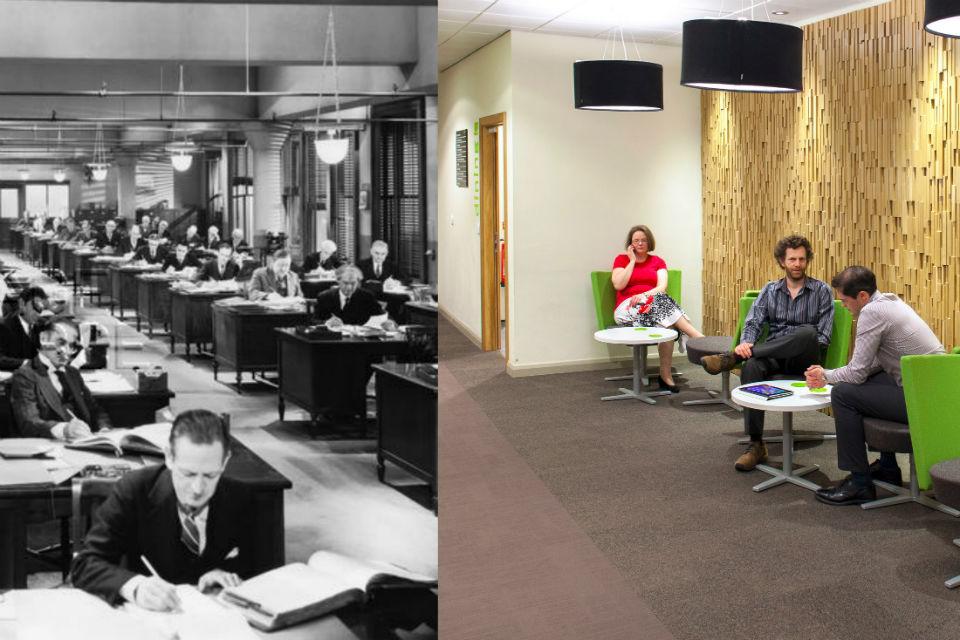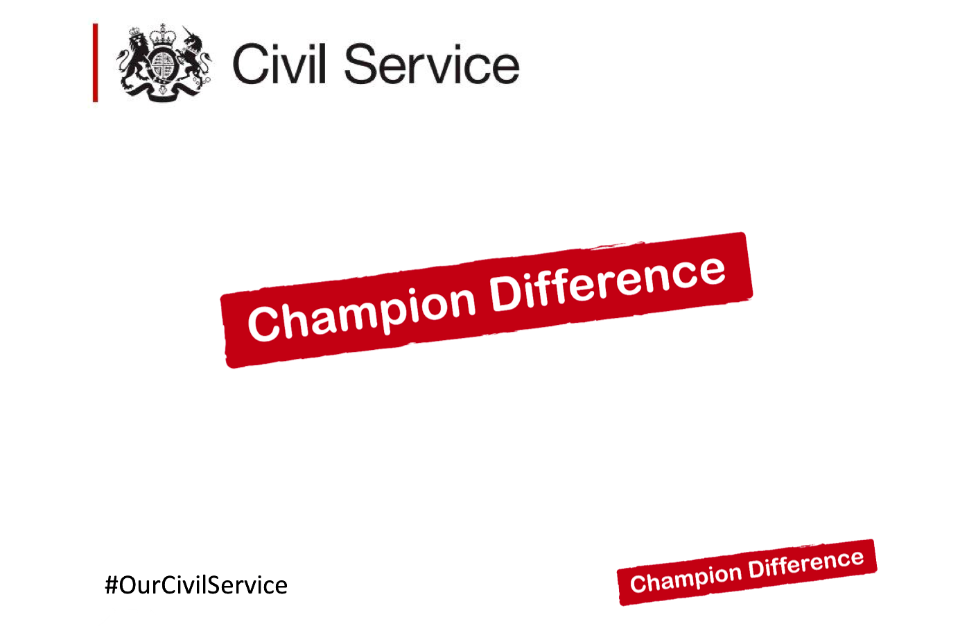Volunteering finds a safe haven in the Civil Service

...RNLI lifeboat crew were also on hand to talk about their personal experiences and explain how the new class of lifeboat is vital to ensuring that they can continue to...

...RNLI lifeboat crew were also on hand to talk about their personal experiences and explain how the new class of lifeboat is vital to ensuring that they can continue to...

...structures. The 1887 Commission enquiring into civil establishments further stated: “We strongly recommend . . . concentrating a number of clerks in large rooms. Supervision would thus be much better...

...or a new policy implemented – is it actually helpful? Or – as is sometimes suspected – is it simply a cheap alternative? Work-based learning By work-based learning, I mean...

...Service Local (West Midlands), where I lead the Regional Steering Group and Civil Service Reform regional work programme, requiring collaboration between up to 30 departments with a footprint in the...

...Talent, Excellence in Training) and two Top Employers for Working Families awards (Best for all Stages of Motherhood and Best for New Flexible Working Initiative). We have a positive story...

...see greater interchange between our two departments and I would like us to give more recognition of the special relationship – with the Treasury acting as a better-informed and more...

...services. Instead, alternative options were researched and a new and, at the time, cutting-edge Cloud option was identified. By offloading peak demand to an online third-party Content Delivery Network (CDN)...

...practice across the Civil Service, promoting greater efficiency in government and encouraging the spirit of innovation. https://youtu.be/LViIMTjqhoI I am pleased to announce that nominations for the awards are now open....

Jennie Granger What do countering the spread of Ebola, delivering the Commonwealth Games in Glasgow, digitising National Insurance in Newcastle, helping vulnerable users in the North West and battling bovine...

...new and challenging environments. I’ve moved about a lot with DFID, and gone on secondments inside and outside government. The ultimate, though, was probably taking the post of lead civilian...